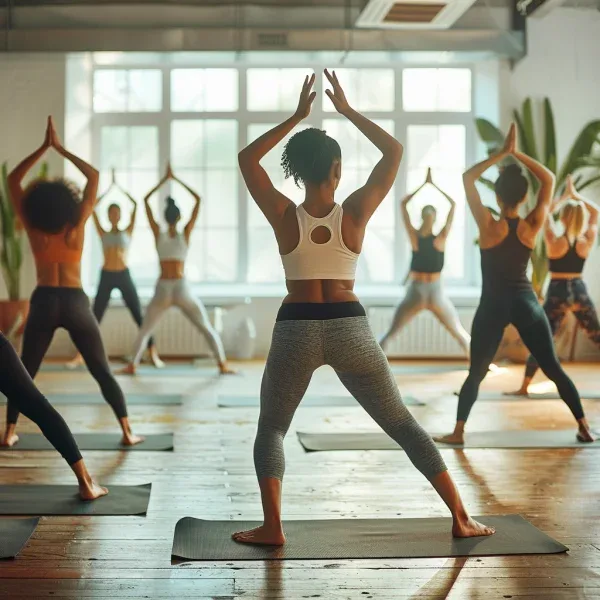by Gemma Delaney

Yoga, with its rich history of over 5000 years, traced back to Northern India, is not simply a fashionable trend but a timeless practice intertwining flexible body movements and mindful breathing. However, this age-old practice’s rising popularity often leaves beginners awestruck and overwhelmed, believing they lack the physical strength and spiritual depth to master yoga. With insights from credible yoga enthusiasts such as Emilia Hawthorn from Peaceful Asana and Felicity Parkins from ZenFit Studios, we debunk the misconceptions and illuminate the pathway to beginning yoga successfully.
Is Yoga Right For You?
Whether you’re a bustling corporate professional, a high-performance athlete, a stressed teenager or an elder seeking tranquility, yoga is a practice that unites all. Yoga is not about extraordinary talent, flexibility or fitness. It is about the willingness to invest in your wellbeing and aspire to live a healthier lifestyle. Yoga can be a tool for physical strength, flexibility, or even a doorway to spiritual self-discovery.
It is also found to have health-boosting benefits for those battling hypertension, diabetes, heart disease, or spinal issues. Remember, though, to seek medical advice before incorporating any new physical activity if you have pre-existing health conditions.
Yoga for Beginners: Where to Begin?
The myriad forms of yoga cater for beginners as distinct classes to help them master the basics, taking into account their physical abilities and ages. ‘Mixed level’ classes cater to individuals with varying abilities. ‘Hatha’ yoga that focuses on mastering one pose at a time is deemed best for newcomers.
Remember, yoga is viewed as a ‘practice’ rather than a workout. As you evolve, so does your relationship with different yoga poses, and your experience varies accordingly.
Zooming in on Popular Yoga Styles
Modern yoga sprouts into numerous forms, ranging from Ashtanga, vinyasa, and dynamic yoga, characterized by quick, physical, and athletic movements to the slower Hatha yoga with its focus on individual poses. Iyengar yoga captures precise body alignment while Kundalini yoga evokes spiritual nature through a combination of breathing techniques, physical poses, and meditation. While the forms are distinct, the overlap in poses, breathing techniques and meditative methods tie them back to the yoga lineage.
Finding the Right Yoga Class and Dress Code
Gyms, leisure centres, and dedicated yoga centres are excellent starting points for your journey into yoga. Exploring different teachers and styles will help you align yourself with the practice that resonates most with you. Dress with comfort in mind, prioritizing breathable, stretchable fabrics that enable you to move freely. And yes, you can flaunt your style in anything from loose-fitting natural fabrics to stretchy workout attire. Don’t forget to pack a towel and attend class barefoot.
The Yoga Kit Must-haves!
Most yoga centres provide mats and blocks, but why not make a statement by setting up your yoga space at home? To mark this exciting milestone in your commitment to yoga, consider investing in eco-friendly yoga mats, reputed for their durability and color aesthetics.
An Ideal Yoga Routine for a Beginner
The frequency of your yoga practice depends on your personal goals. Starting with two classes a week and gradually increasing this frequency will help deepen your yoga experience.
Progressing in the Yoga Journey
Going about evolving in your yoga journey is quite straightforward. More time devoted to practice, attending workshops, and retreats can facilitate your progress. These options not only assist in mastering yoga but also enrich us with an improved sense of tolerance, mindfulness, serenity, and happiness.
Yoga is not a destination; it’s an endlessly evolving journey that breeds respect for your body and soul. So, roll out your mat and get started on this transformation today!
yoga for beginners, journey into yoga, yoga styles, right yoga class, yoga dress code, yoga kit, ideal yoga routine, progressing in yoga
Leave a Reply